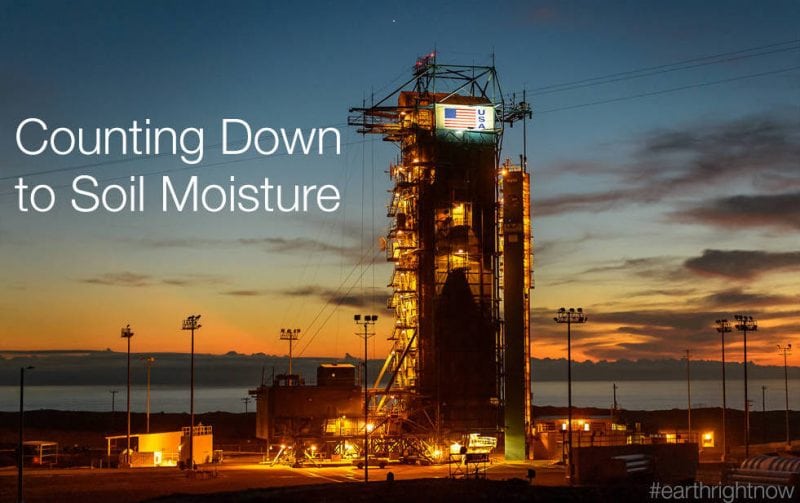Predicting CMEs And Solar Flares

The two biggest energy explosions in our Solar System are solar flares and coronal mass ejections (CMEs). These eruptions can have a serious effect on…
Read more

The two biggest energy explosions in our Solar System are solar flares and coronal mass ejections (CMEs). These eruptions can have a serious effect on…
Read more

Celestial mechanics is a branch in the intersection of mathematics and physics, where the main goal is to describe the motion of any number of…
Read more

The number of solar spots and eruptive phenomena connected to them show cyclical variations with a mean period of 11 years. The strength of these…
Read more

Quantum mechanics famously enables certain cryptographic tasks that would be classically impossible, among them, distributing a string of bits between two or more players unconditionally…
Read more

In most cases, the first teachers we have in our lives are our parents. We know that a teacher’s job is finding the way to…
Read more

Soil moisture is an important land surface variable, which is present at land-atmosphere interphase and influences the hydrologic, atmospheric, climate, agricultural, and carbon cycles. Given…
Read more

It is well-known that the Hardy spaces Hp(Rn) are good substitutes for Lebesgue spaces Lp(Rn) with 0<p≤1. Moreover, when it comes to studying the boundedness…
Read more

Major current projects that are currently underway to have humans on Mars for exploration and also for possible settlement and colonization are the Mars One…
Read more

Intermolecular interactions are very vital in the elucidation of structure and properties of many biological molecules like water, DNA, proteins, etc. They are embedded in…
Read more

The dynamical nature of the hexagonal cloud pattern on Saturn’s north pole was unexplained by planetary science for ≈ 35 years since its first observation….
Read more

About four billion and several million years ago, the earth was born from the infinitesimal particles floating in a rotating cloud of hydrogen and helium….
Read more